Compass Travel Vietnam
Visitors to Tien Giang love to explore ancient houses with historical and cultural values
Although Tien Giang is a province with a small area, it contains many beauties from nature to cultural architectural works that attract tourists.
The Tien Giang travel itinerary on a “tour” to discover the old houses familiar to the local people will be extremely new, even for those who have traveled to the West. In turn, visiting the old houses with many historical stories, visitors will feel like they are revisiting a time that they only heard about briefly in history books, enjoying many details that have not been told or told by anyone. good.
The Governor’s House of Hai
Address: 49 Hai Ba Trung, Ward 1, Go Cong town, Tien Giang province.
Doc Phu Hai’s house has both modern French architecture and ancient feudalism because it carries many stories related to great minister Pham Dang Hung in the Royal Tomb, a few kilometers from the Doc Phu Hai house. to Empress Dowager Tu Du of Hue court and rebel leader, national hero Truong Dinh. The exterior is built in Roman architecture, the interior is mainly ebony wood with exquisite carvings and is carved with mother-of-pearl, written in the word Confucianism. There are more than 350 decorative plates, letters, mother-of-pearl mosaics + 70 antiques in the house. Tourists flock to visit because they want to feel what the royal life of feudal landlords will be like.
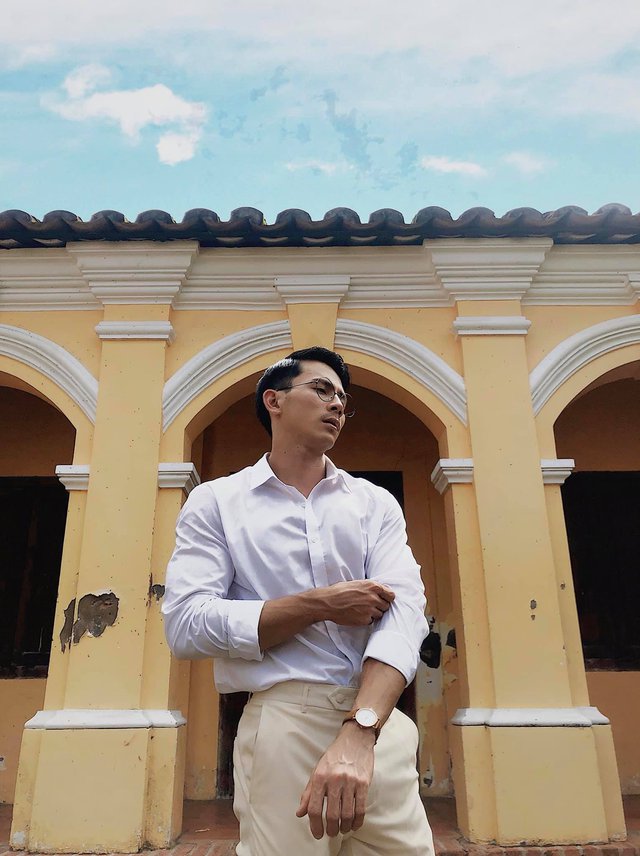
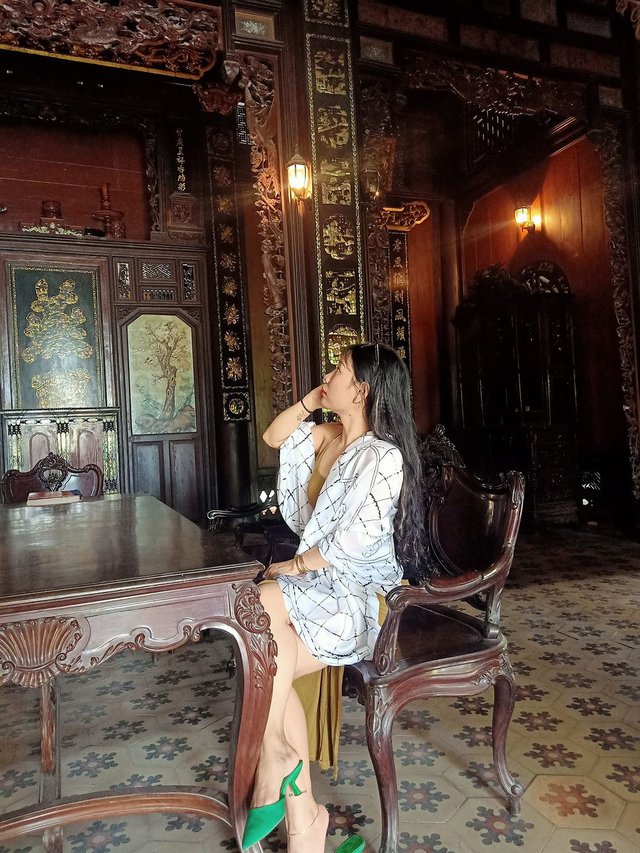
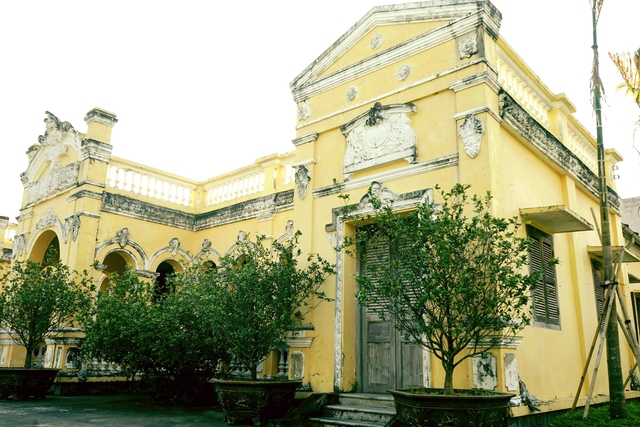
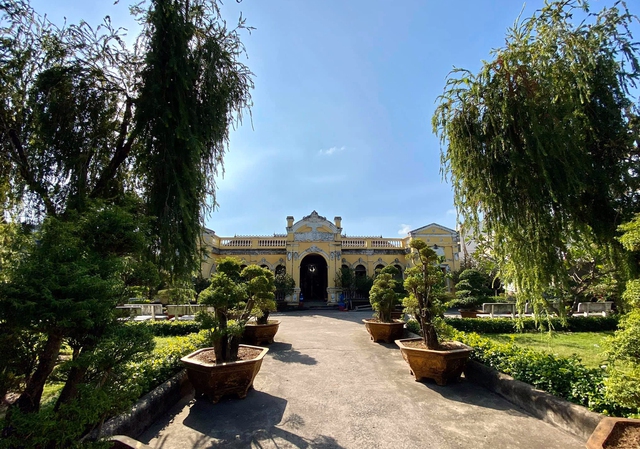
This house is the residence of Mrs. Tran Thi Sanh, daughter of Ba Ho Tran Van Do and Pham Thi Phung. Ms. Phung is the younger sister of Great God Pham Dang Hung – the mother of Empress Dowager Tu Du. When Mrs. Tran Thi Sanh (wife of National Hero Truong Dinh) entered the temple for refuge, she left the house for her stepchild Duong Thi Huong and son-in-law, Tri, Truong Binh district, so this place is often called home. Ms. district.
Around 1880-1885, Tri district Truong Binh took care of the elderly here. After this house continued to let her daughter Huynh Thi Dieu and her husband Nguyen Van Hai work as the governor of the porcelain government, so the name was Doc Phu Hai. Originally in 1860, the house was built in the shape of the letter Dinh, after renovation, today the house has 3 three parts: the main house, two square houses – the residence of the servants and the granary (the landlord’s barn. ).
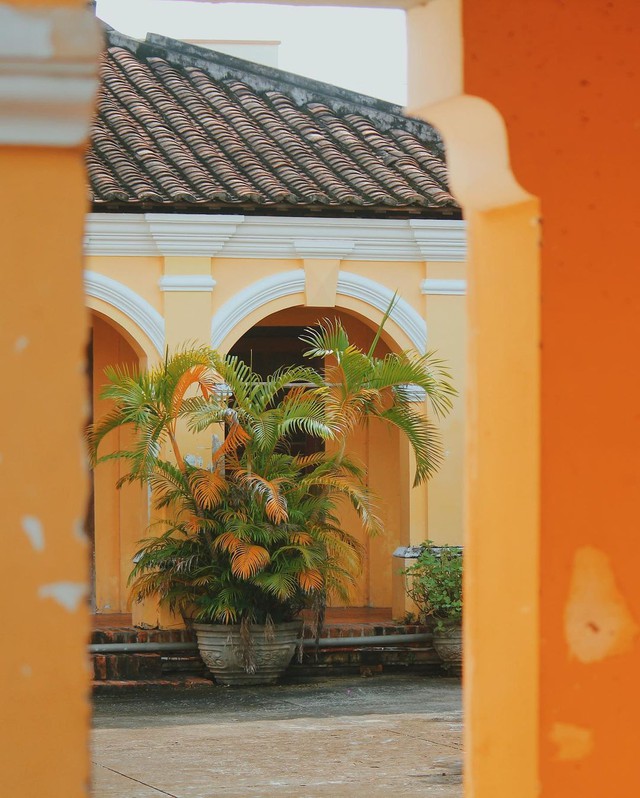
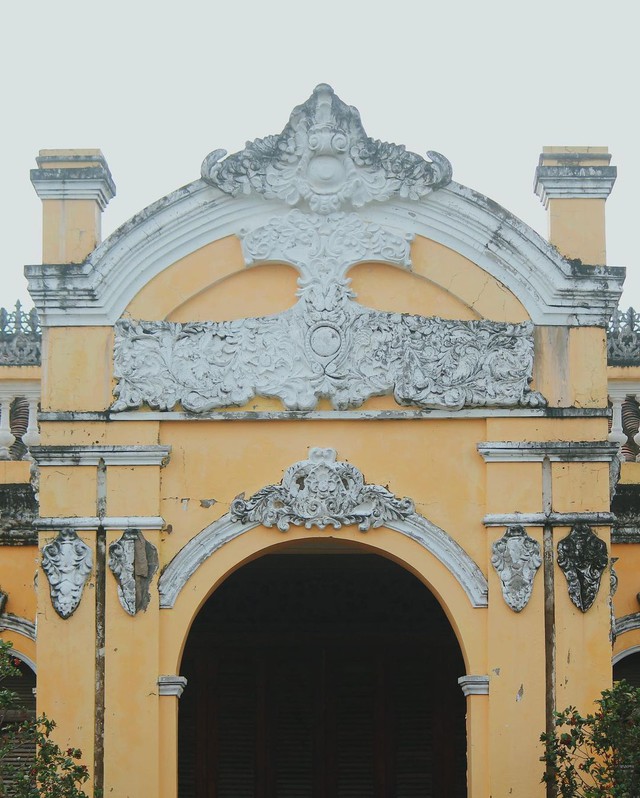
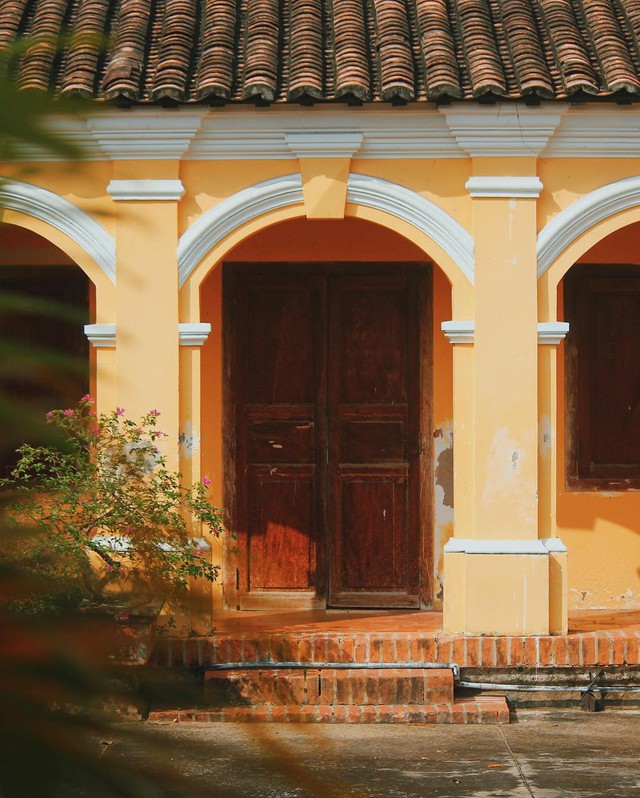
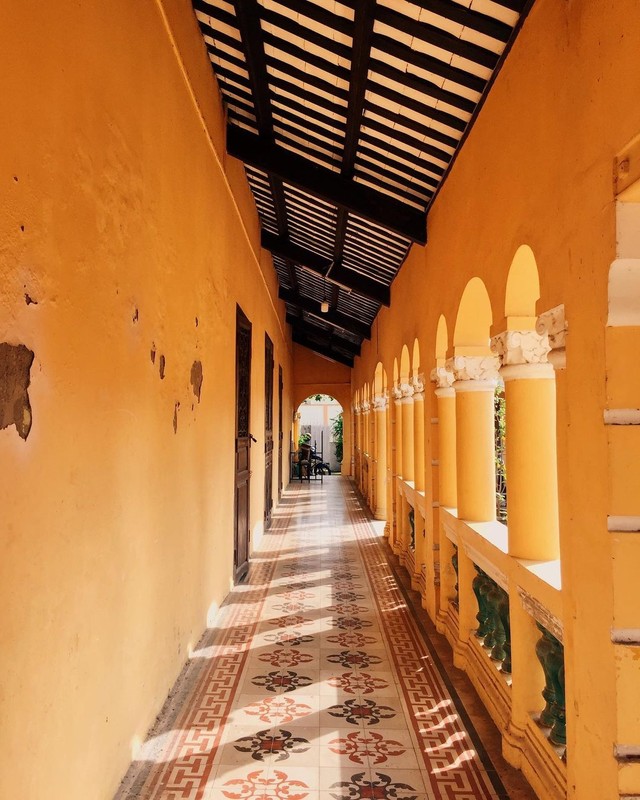
This is one of a series of three famous monuments closely related to each other that should be visited: the Royal Tomb, the tomb and temple of Truong Dinh and the Doc Phu Hai building.
Go Cong Governor’s Palace
Address: Located on Nguyen Van Con street, ward 2, Go Cong town, Tien Giang province.
If the Governor’s Palace is considered the largest private residence, the Governor’s Palace is the largest public office in Go Cong. The governor’s mansion is a two-story house with a total area of 1400m2, located massively in a spacious campus with lots of trees.
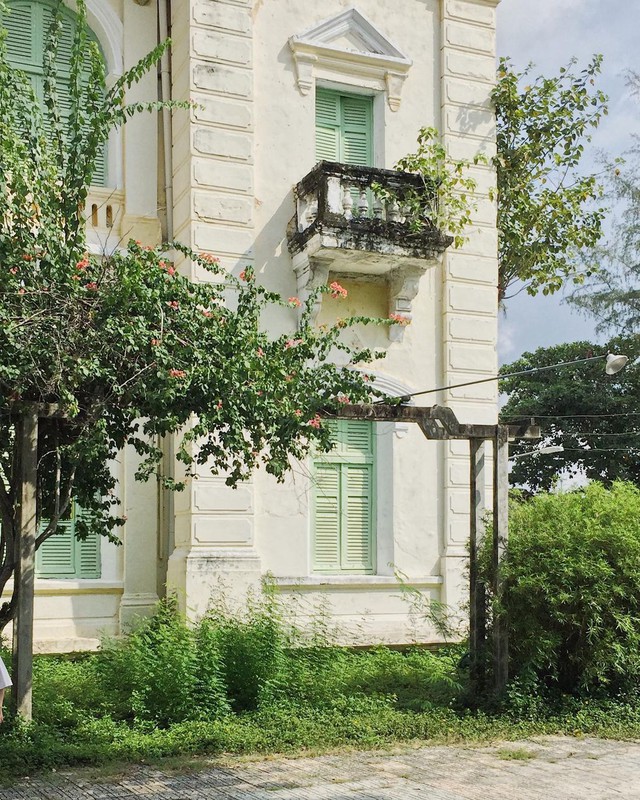
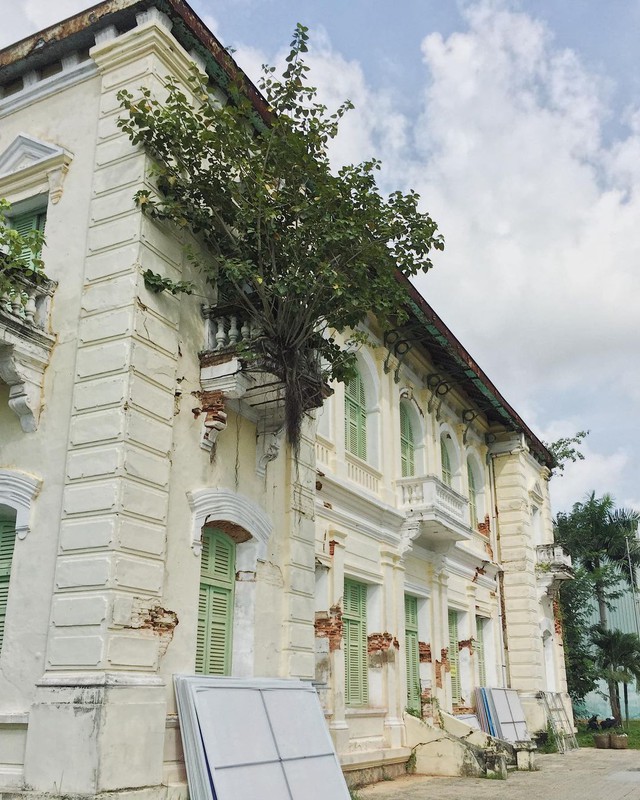
Photo: @nghoanhao
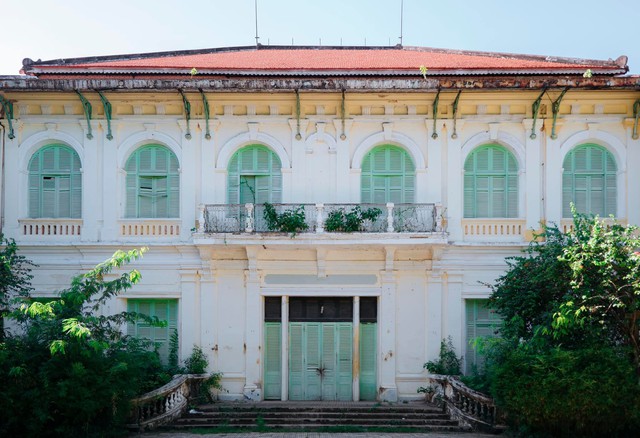
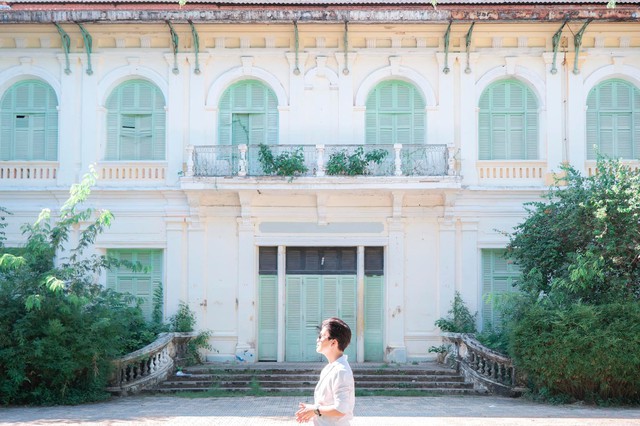
Photo: Henry Duong
This work was built with a wall thickness of nearly 0.5m, built by the French in 1885. Recently, the building has become quite famous, attracting many local young people and tourists to visit and check-in.
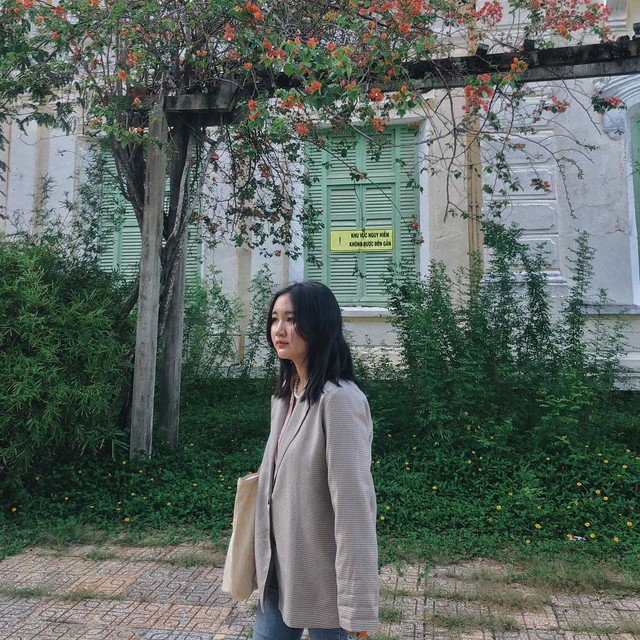
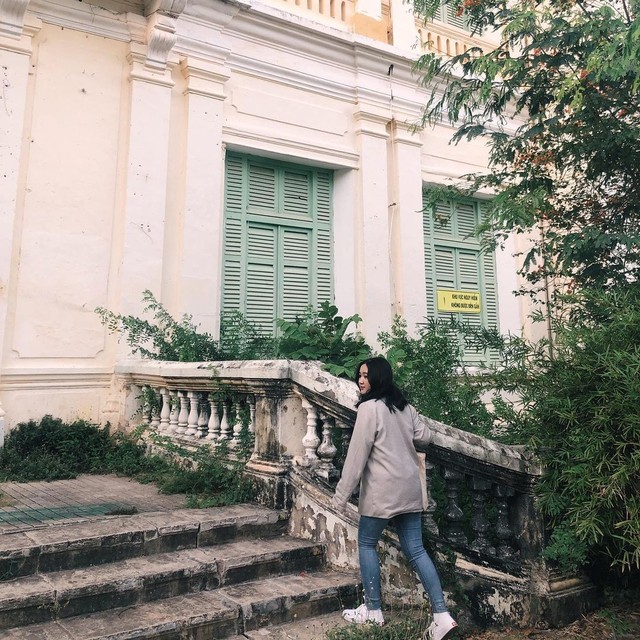
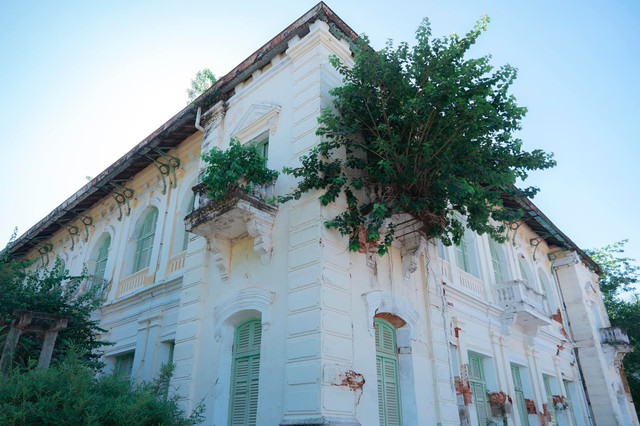
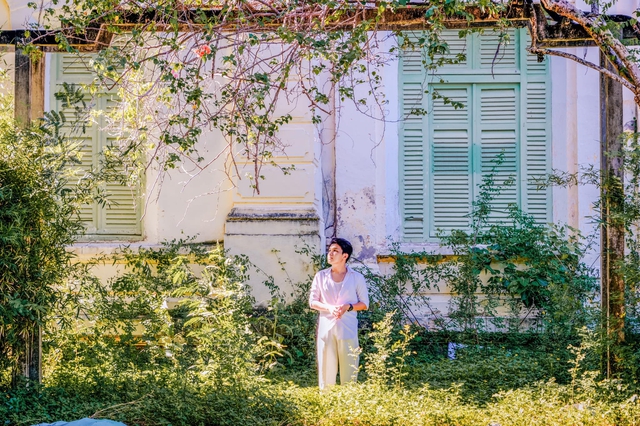
Photo: Henry Duong, @tdang__
At the Governor’s Palace, there is a corner where the most important point is the tree trellis forming an arch, if you visit on a sunny day, you will feel like you are in a luxurious classic villa. From the outside, you can see the house has very beautiful Western architecture, yellow walls, and large windows. But now, many red bricks are revealed, overgrown with trees, with a rotten appearance of an old era. The beautiful and ancient building over 130 years old is one of the houses with many ancient cultural values of Go Cong.
The White Prince’s House
Address: 62 Dinh Bo Linh, Ward 3, My Tho City, Tien Giang Province.
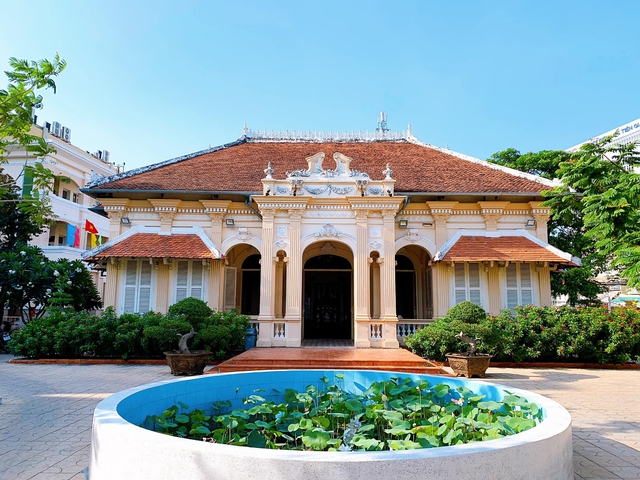
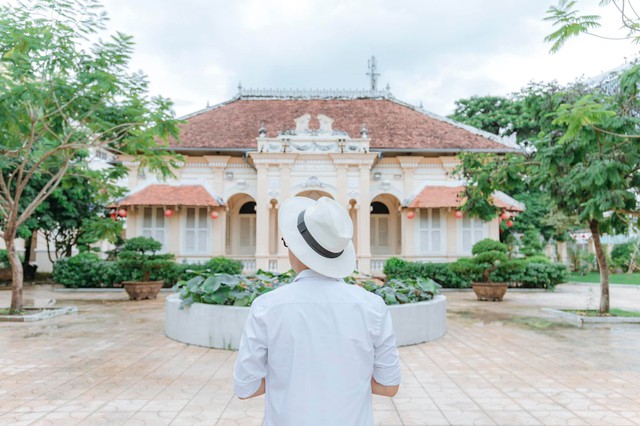
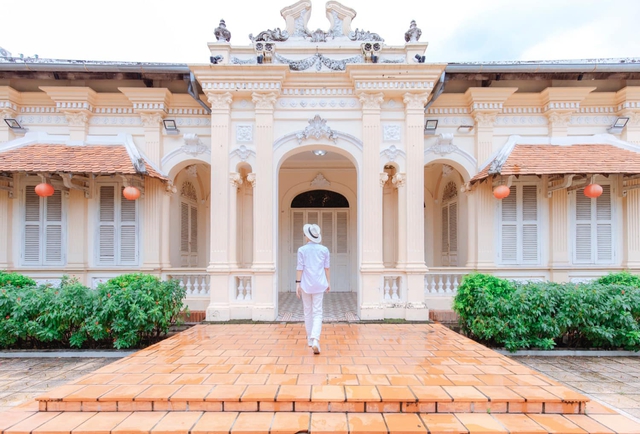
Bach Duc Le Cong Phuoc’s house was built in 1925 – 1926 with a total area of 322 m2 on an area of more than 4,000 m2. During his lifetime, Mr. Le Cong Phuoc was known as the “playing king”, famous for his wealth throughout the southern province of the province in the early years of the 20th century. People nicknamed him “Bach Gongzi” because he had a student appearance, white skin, a relaxed demeanor, arrogant but poise. At the same time, also distinguishes him from another famous, rich, playboy, “Hac Duke” Tran Trinh Huy (The Duke of Bac Lieu).
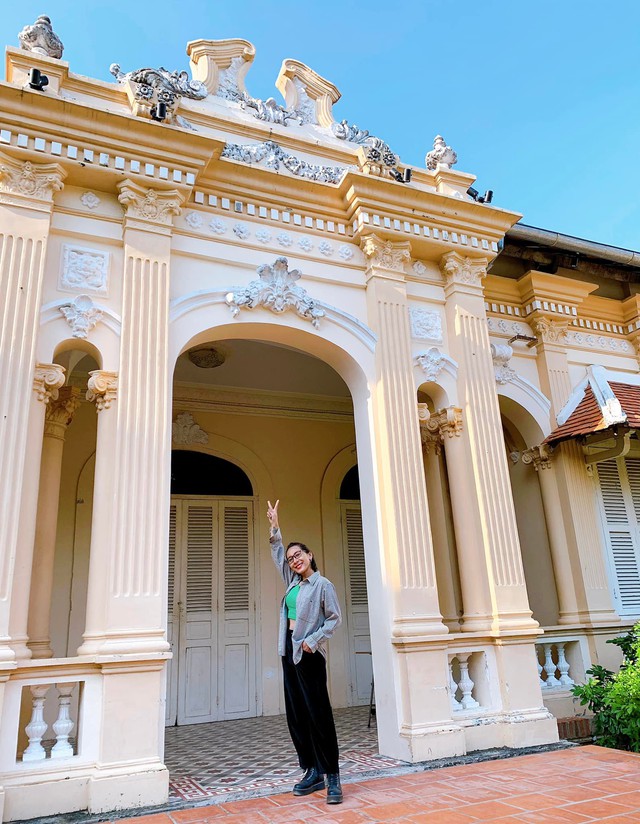
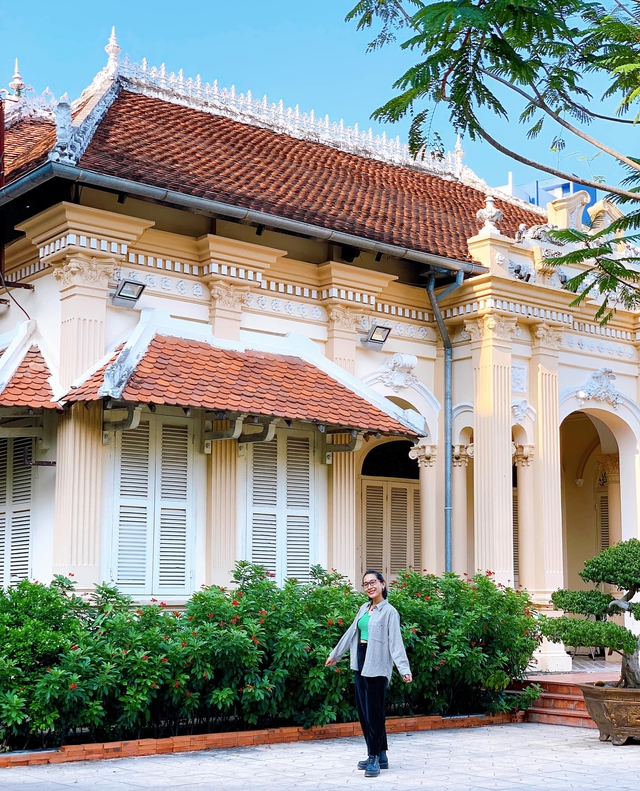
Photo: Nguyen Vo
Because he had a period of time studying abroad in France, his house has a “Western” architecture. The entire truss system is made of precious wood, the house has 8 roofs with fish scale tiles. The wall is 20cm thick, the base is made of card bricks, covered with da quai stone, and the floor is lined with cement tiles. On the main door arch and the arches on both sides are embossed, delicately carved with dragons, phoenixes, birds, animals and flowers.
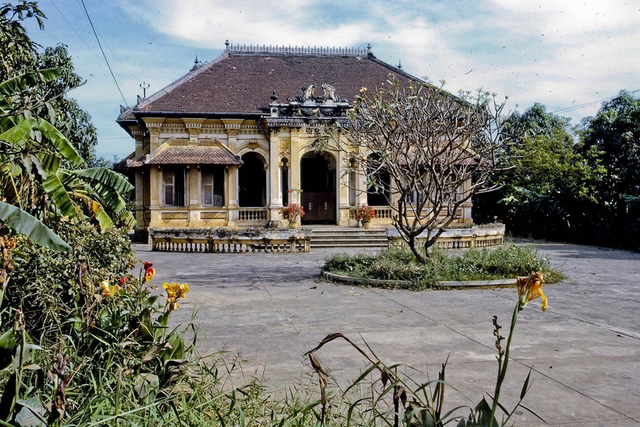
The White House in the past – Photo:thamhiemmekong
Mr. Le Cong Phuoc used to set up a Cai Luong troupe to do both business and gain fame, but after a while the troupe lost money. He was so poor that he had to sell his property, then sell his house, plunge into addiction until he died. When he died, he was buried on the land that was once his. No one expected that the richest man in the area would die when there was nothing in his hand, and the grave was also made of temporary soil.
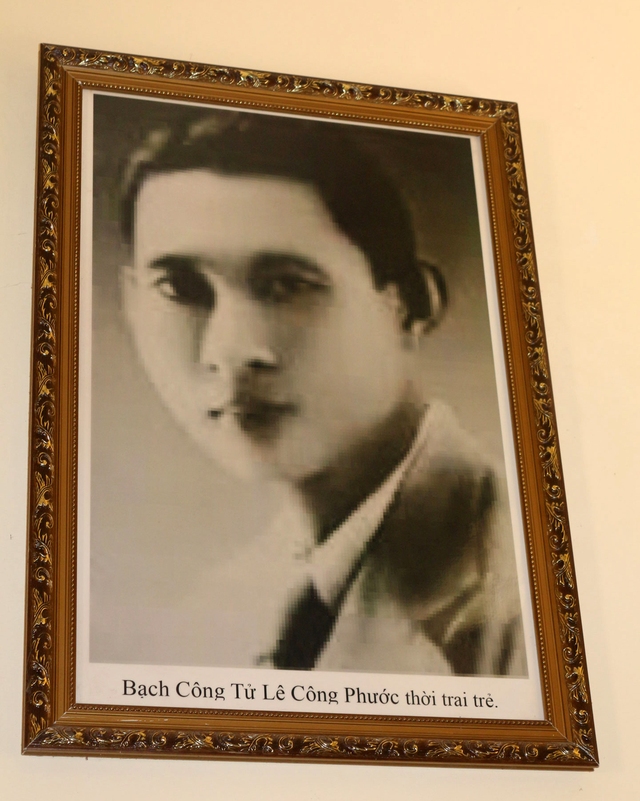
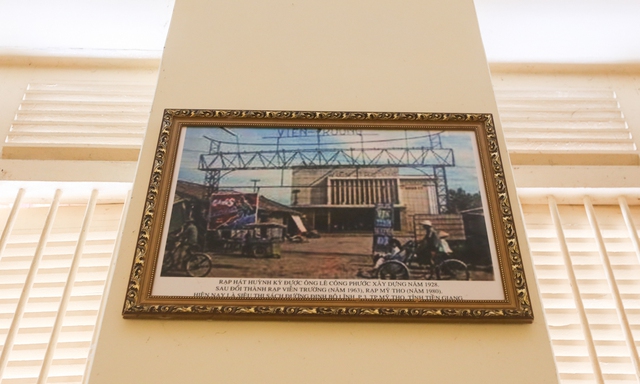
Photo: thamhiemmekong
Later, when Bach Cong Tu’s house was ranked as a provincial-level historical and cultural relic, objects such as tables and chairs, chandeliers, sofas, miniatures, … and planted more trees were restored. green for an initial “luxury” look. The house is nearly 100 years old but still retains the architectural beauty of the old rich class. This place is considered one of the most attractive old houses for tourists.
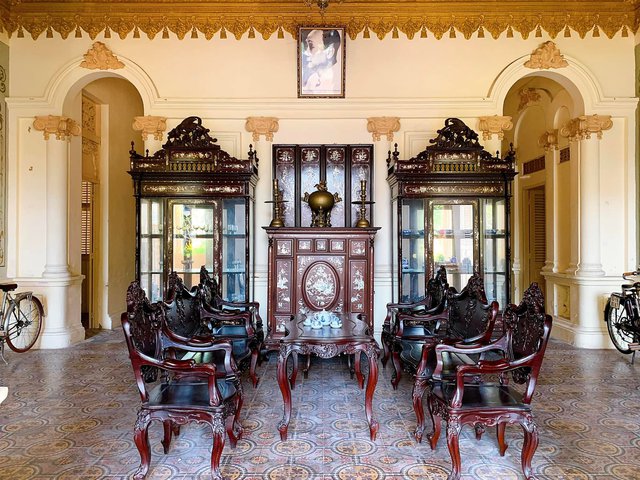
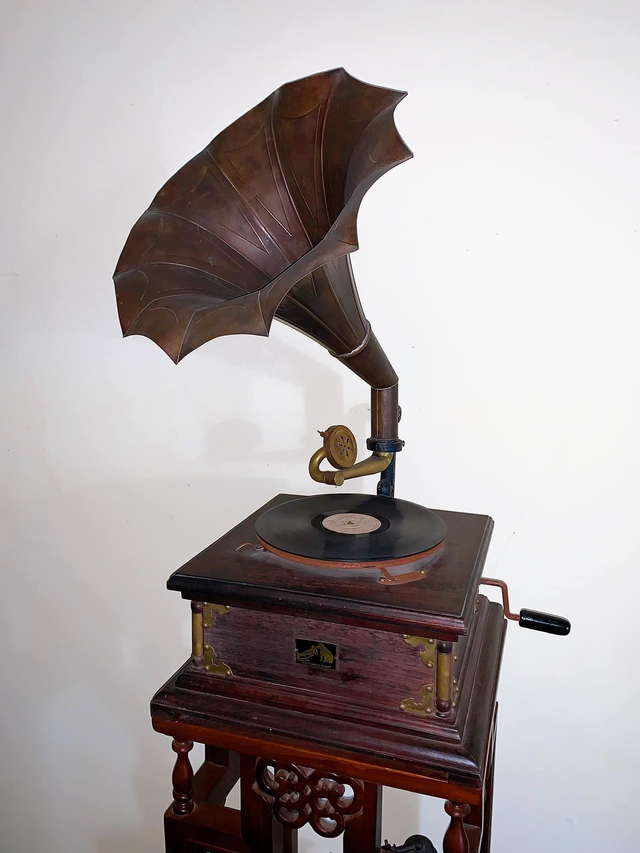
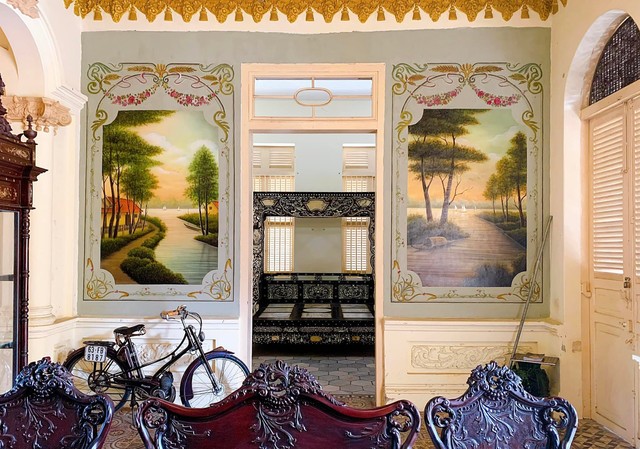
Go Cong Royal Tomb
Address: Located at Giong Son Quy (Go Rua), today in Hoang Gia hamlet, Long Hung commune, Go Cong town, Tien Giang province.
This is the place of worship and tomb of the Pham Dang family, whose grandfather Pham Dang Hung is the grandfather of King Tu Duc, who gave birth to Queen Dowager Tu Du, wife of King Thieu Tri. The Royal Tomb relic has architecture styled in Hue royal style, located majestically and solemnly in the middle of a peaceful land.
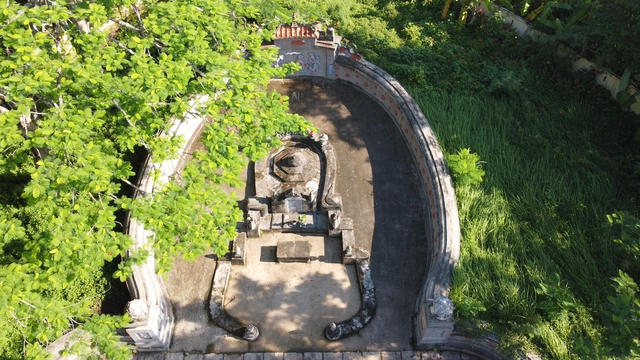
Photo: Henry Duong
The entrance gate is built in a stylized three-way style, on the roof is covered with lapis lazuli, the top is carved with the image of “Ly Ngu Vong Nguyet” (carp looking at the moon) representing the nobleness of the owner. A special feature of the mausoleum is the use of completely wood for construction, not using nails to attach the wooden bars, trusses, columns but are chiseled into each other accurately.
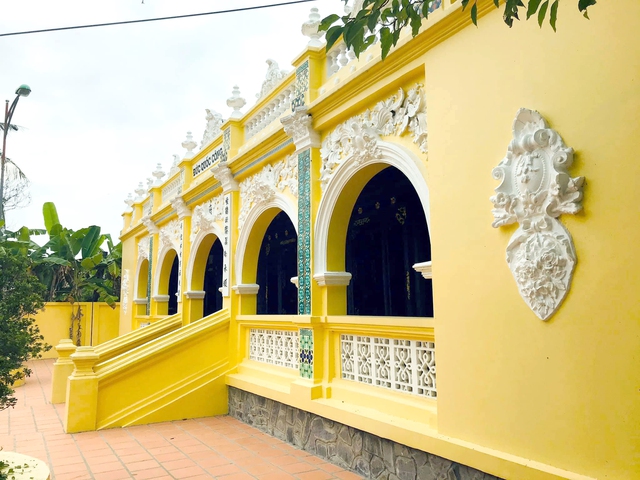
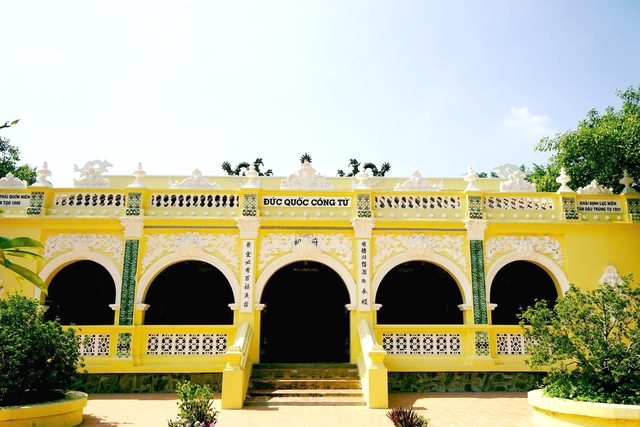
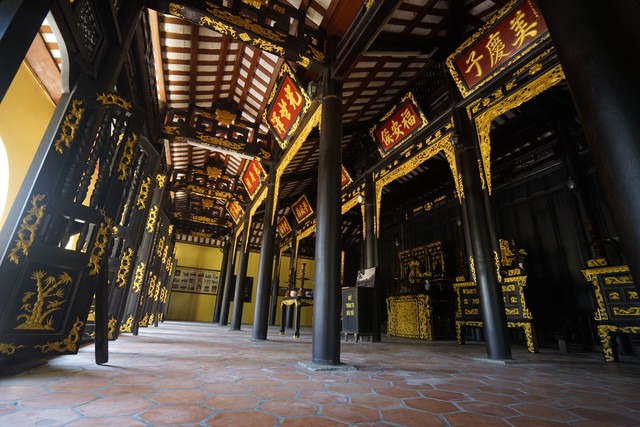
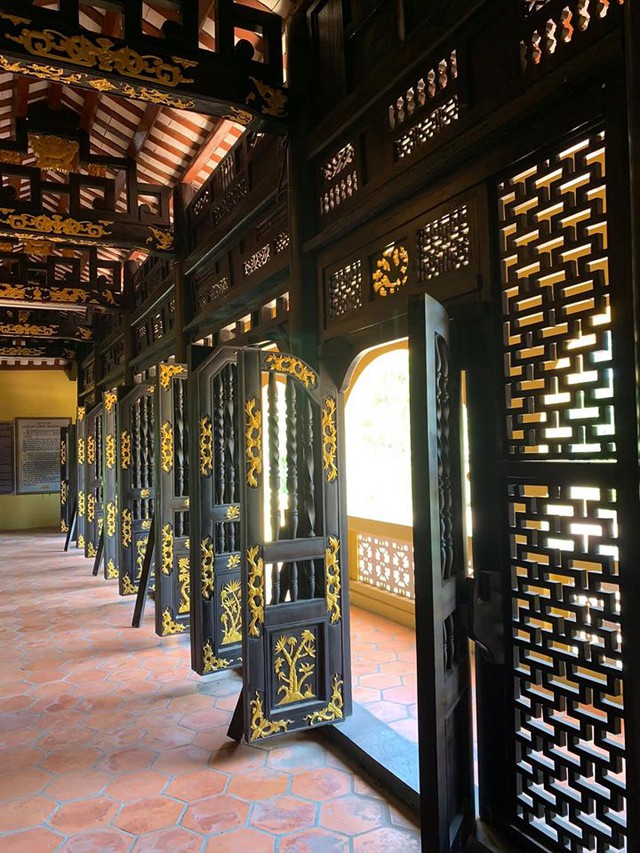
Dong Hoa Hiep Ancient Village
Address: Belonging to Dong Hoa Hiep commune, Cai Be district, Tien Giang province, located in the lower reaches of the Mekong River.
In the eighteenth century, in 1732, the Nguyen Lord established a new unit in Phien Tran palace, the Long Ho palace and selected An Binh Dong village in present-day Dong Hoa Hiep commune to be the seat of the Long Ho palace. During 25 years as the headquarters of Long Ho palace (1732-1757), Dong Hoa Hiep village gathered many mandarins and great landowners to live. That is why the houses are built of precious woods with tiled roofs, in both Eastern and Western architecture, both high and wide. The house is located in an ideal location: next to the river, there is an orchard… so this village has a very prominent appearance.
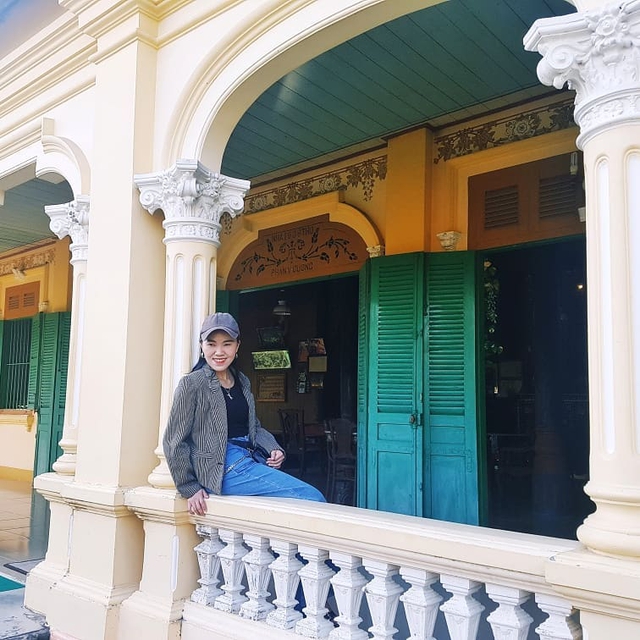
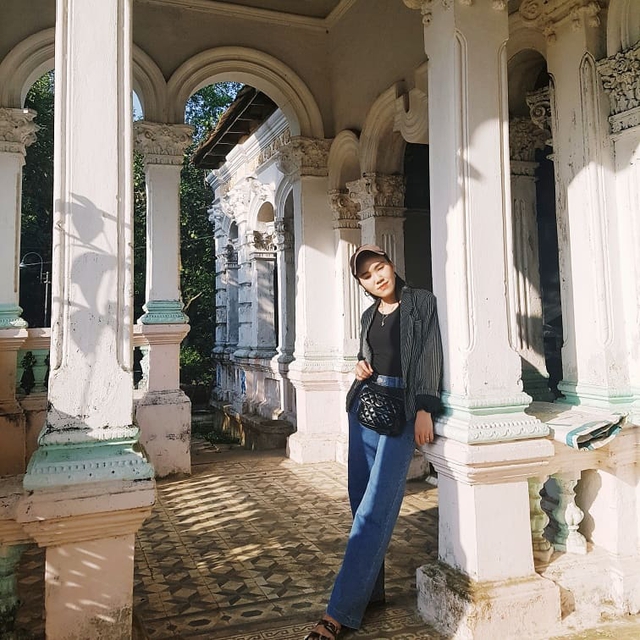
Photo: viva.doan
These ancient garden houses have existed for over 150 years, connected within a radius of about 2km, so visitors can walk around the village. Dong Hoa Hiep ancient village has 7 hamlets, with nearly 4,000 households, trading in orchards such as sand mangoes, earthen oranges, green-skinned pomelos, longan, breast milk… and traditional crafts such as nuggets, rice paper. rice paper, rolling milk puff pastry…
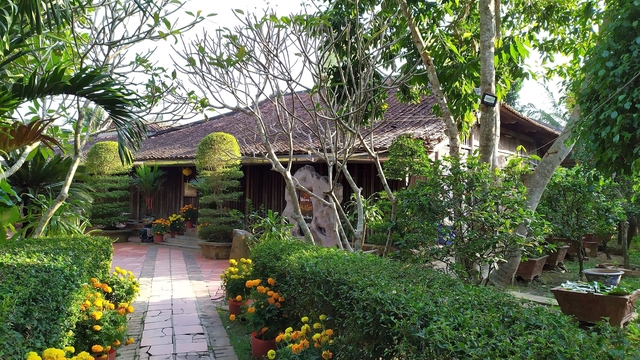
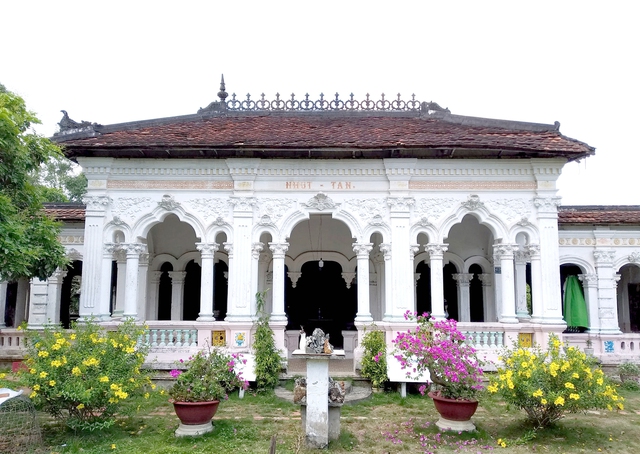
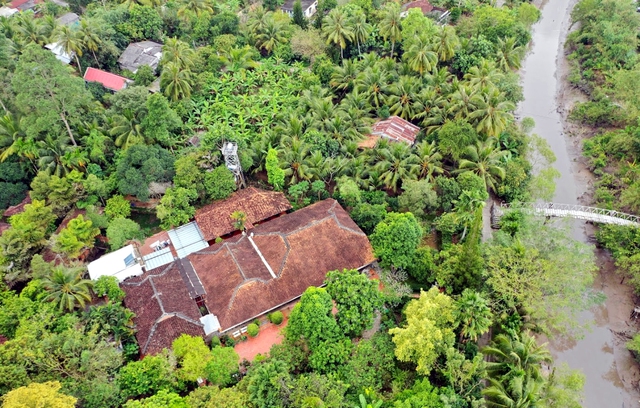
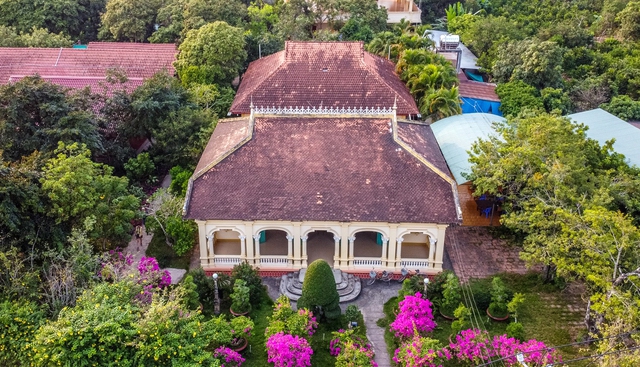
Visitors to Tien Giang love to explore ancient houses with historical and cultural values
vinlove.
Source: vinlove









